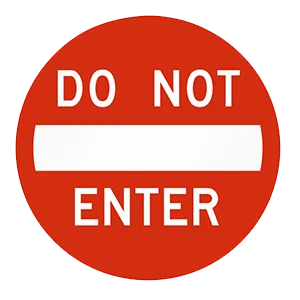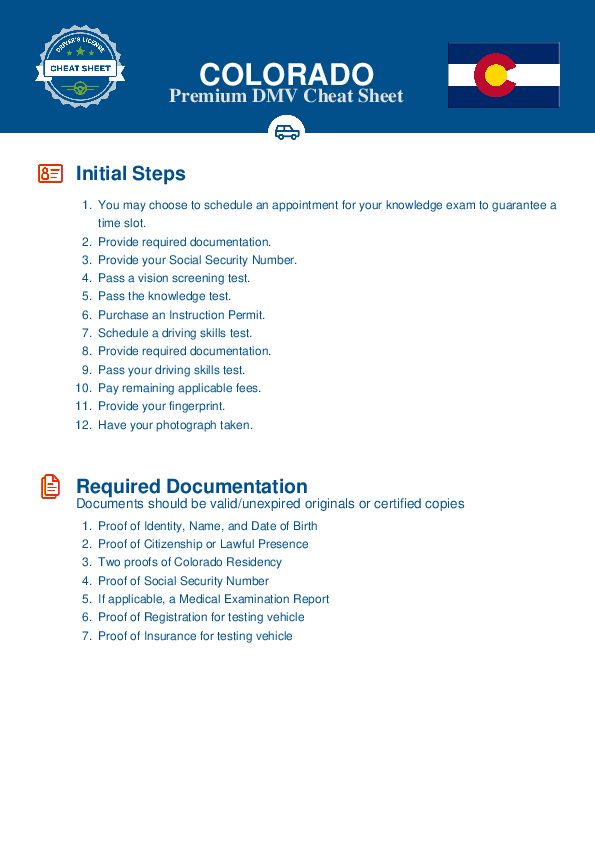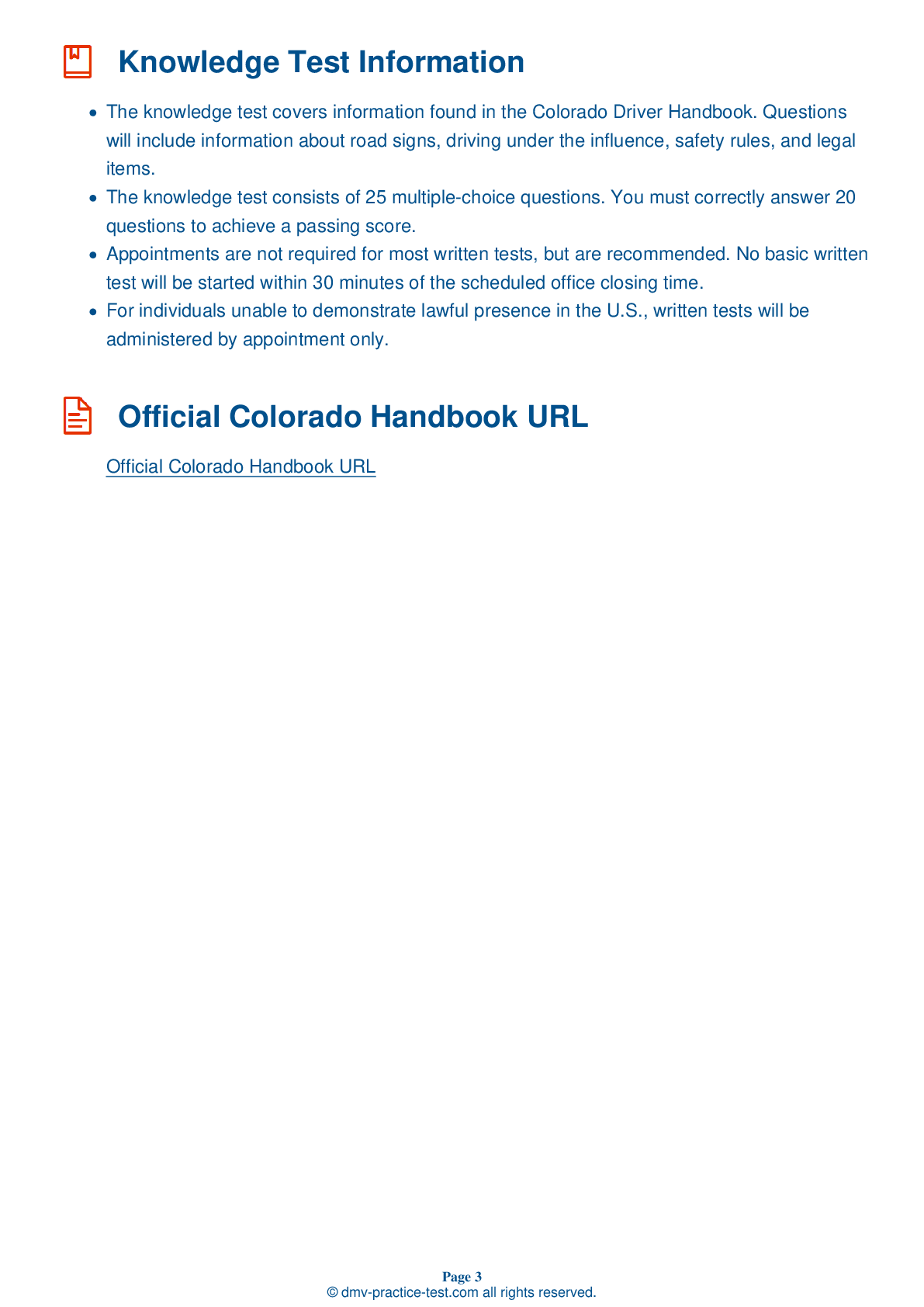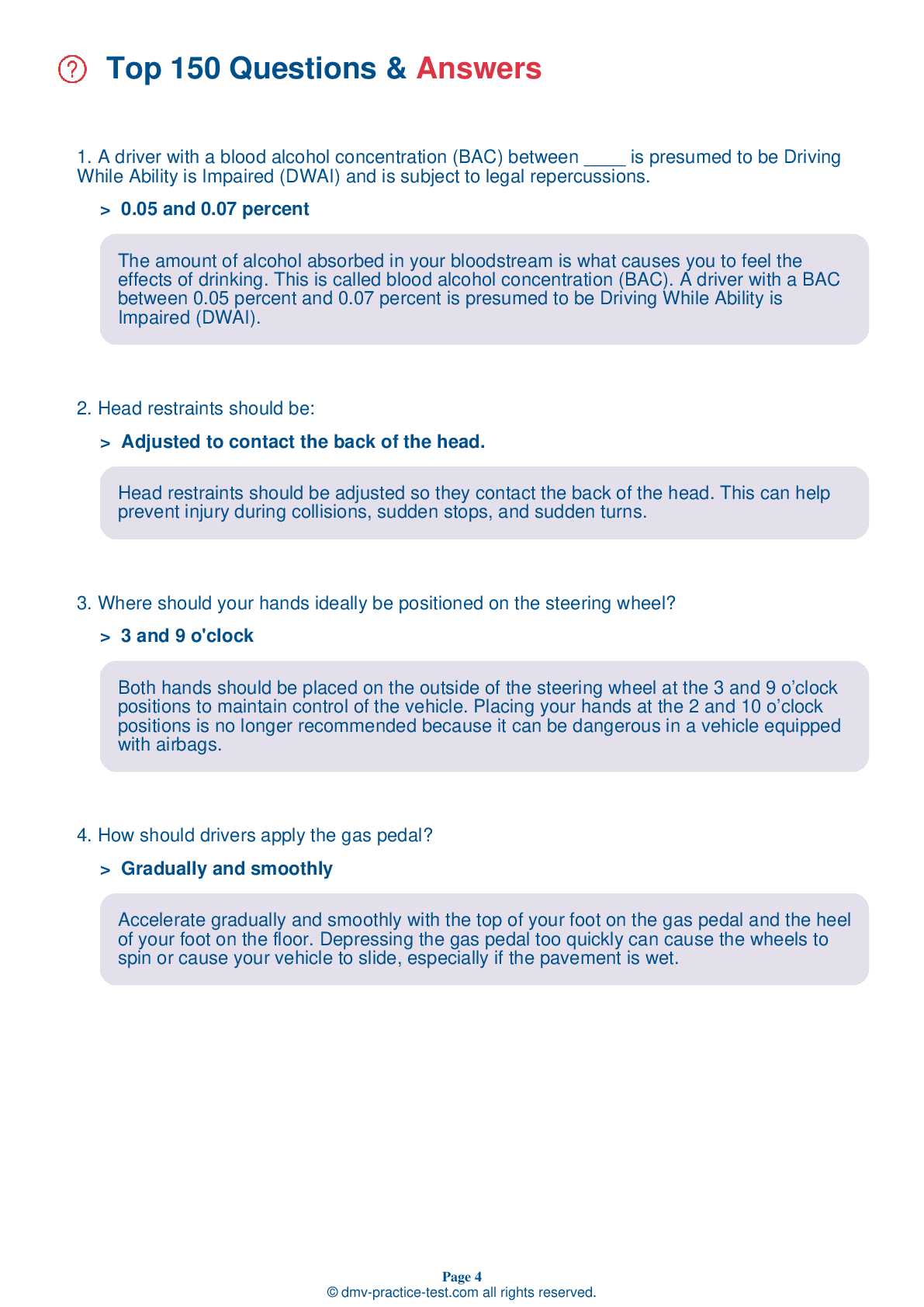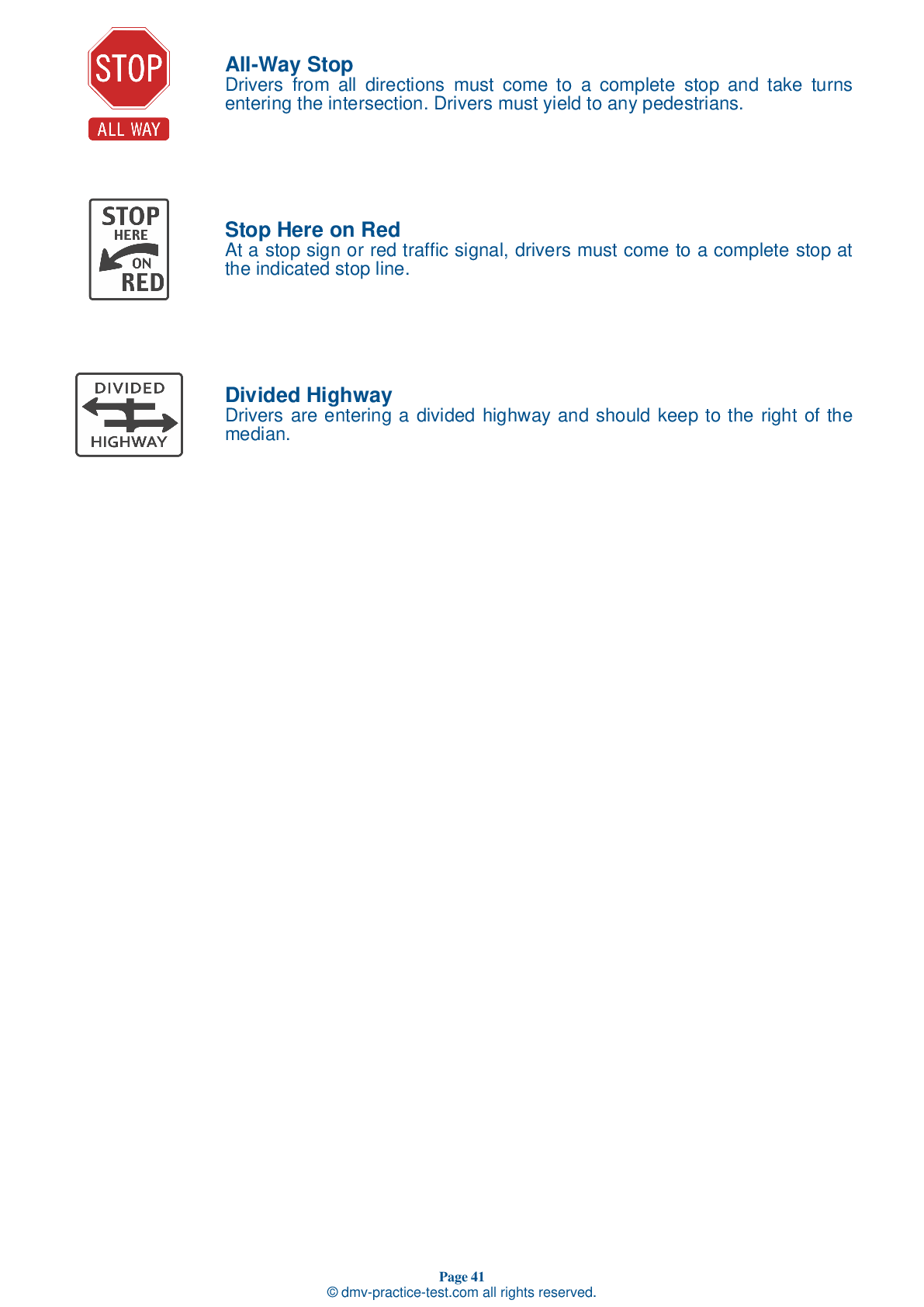FREE Colorado DMV Practice Test #21 Page 4 of 4
This DMV practise tests for Colorado was just updated for January 2025. It includes questions based on the most important traffic signs and limitations from the Colorado Driver Handbook for 2025. To study for the DMV driving permit test and driver's licence exam, use actual questions that are very similar (often identical!) to the DMV driving permit test and driver's licence exam.
Each practise test question provides a tip and explanation to help you recall the ideas. Questions about road rules, traffic signs, and driving statutes, as well as information from the Driver Handbook, will be included in the written portion of the official DMV test.
You must properly answer 20 out of 25 questions to receive the requisite passing grade. To help you prepare for your Colorado instruction permit or driver's licence, take our DMV practise test.
The DMV exam is accessible in a variety of languages.
Using a testing aid of any kind will result in an automatic fail, and the DMV may take additional action against your driver's licence, so don't do it.
19 . This road sign means:
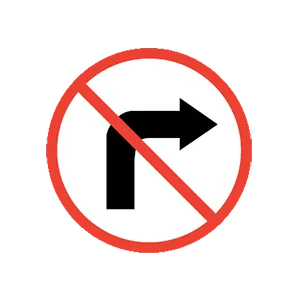
Regulatory signs display laws that drivers must always obey. Right turns are not permitted where this sign is present.
20 . You are driving on a highway divided by two solid yellow lines. You may:
Double solid yellow lines are used to mark roadways where passing is prohibited from both directions. You may cross these lines only to make a left turn into or from an alley, private road, or driveway.
21 . This road sign means:
